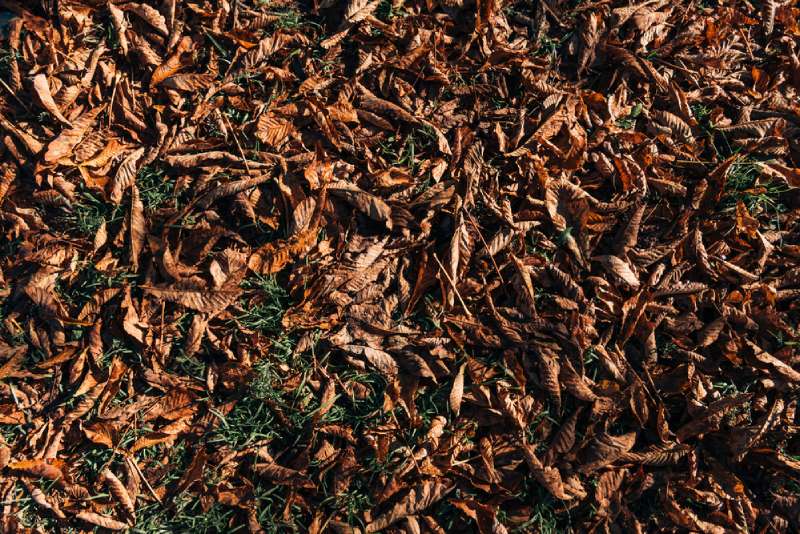
Tree health care experts of Vancouver, British Columbia share reasons a newly transplanted evergreen might have brown needles or leaves.
Reasons an Evergreen Tree Might Turn Brown
Whether or not you are an arborist, you will likely understand the words “evergreen tree” to indicate a tree that is always covered in green needles or leaves. These types of trees do not lose their foliage in the yearly cyclical pattern that deciduous trees do.
That is part of their appeal. Though they do have definite periods of fast versus slow growth, they really take the spotlight when late fall and winter come around. But if you are here, you may have been unsettled to notice brown patches on your evergreen.
This article will explain why this might be happening, and what homeowners can do about it.
Why Is This Evergreen Turning Brown?
There are several reasons that an evergreen can begin to have brown spots. The first reason is normal growth patterns. If the browning is toward the bottom of the tree and toward the trunk, then this is likely part of the natural tree growth and is nothing to be concerned about.
If even the tips of the branches are brown it can be the result of these other, more sinister, things:
- Pest infestation
- Root damage
- Transplant shock
- Tree Disease
- Trunk damage
- Too little water
- Winter burn
Can I Help the Tree Get Its Green Back?
Sometimes the best remedy for browning evergreens is simply time. A homeowner should observe the tree and see if it shows any other signs of problems.
If half or more of the tree has gone brown, you are likely looking at tree removal, because it is unlikely that it can be saved, but if it is only a small portion of the tree there may be hope.
Ways to prevent the tree from experiencing shock in transplanting and also to care for it are detailed below.
- Planting: Follow instructions when planting a tree. Dig the hole the right depth and width for the root system and make sure the soil is good for that type of tree. Trees should be planted in spring to allow them time to become established.
- Watering: Young trees need about an inch of water a week. If your area doesn’t get regular rain, you need to be sure that your tree is getting sufficient hydration.
- Mulching: Mulch helps lock moisture in and provides a slowly decaying source of soil nutrition. It also helps prevent root damage from extreme temperature changes. It should be 2 inches thick and 5 inches from the trunk.
- Pruning: Trimming off dead or browning branches can be helpful in allowing a tree to recover.
- Wrapping: Using burlap to help insulate a tree’s trunk can prevent winter burn.
- Call an Arborist: A certified professional can hlep you determine the best course of action for your tree.
Evergreens That Grow Well in Vancouver, BC
Some of the common evergreens that grow well in this area of the world include Eastern Red Cedar and American Arborvitae. The Leyland cypress is a great choice for a drought resistant and fast-growing tree.
About VI Tree Service
As an environmentally responsible tree service company in Vancouver, BC, Vi Tree Service strives to serve all their customers and their trees with great service and affordable pricing.
We offer free estimates and have over 50 years total experience. Call today for an estimate in Vancouver, BC or the surrounding areas.

